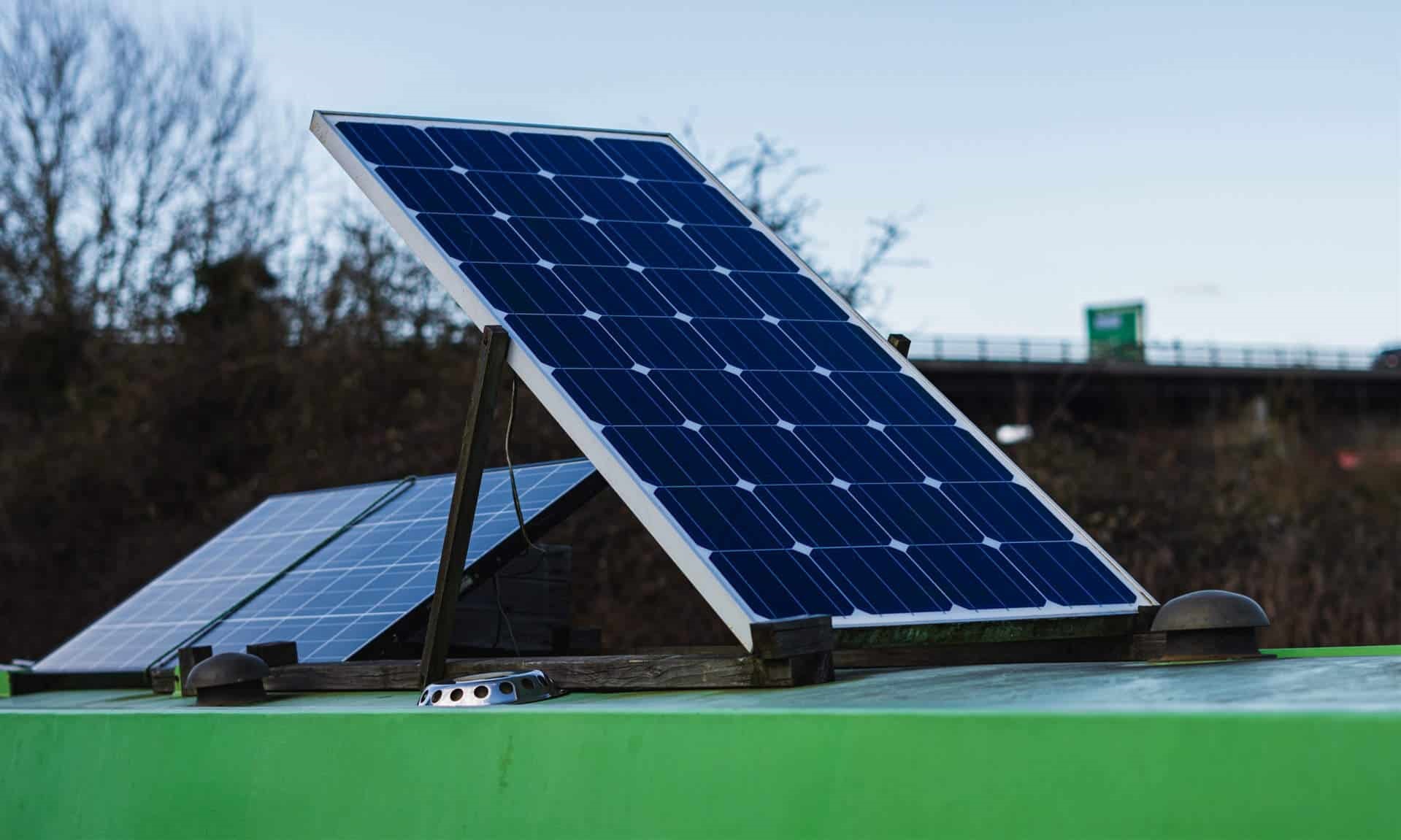

Articles
How To Store Energy From Solar Panels
Modified: January 23, 2024
Discover the best methods for storing energy generated by solar panels with informative articles. Maximize your solar power efficiency with expert tips and advice.
(Many of the links in this article redirect to a specific reviewed product. Your purchase of these products through affiliate links helps to generate commission for Storables.com, at no extra cost. Learn more)
Introduction
Welcome to the exciting world of solar energy and energy storage! As we continue to face the challenges of climate change and the depletion of fossil fuels, finding sustainable and renewable sources of energy has become crucial. Solar energy has gained significant attention in recent years as a clean and abundant source of power. However, the intermittent nature of solar energy production presents a unique challenge – how can we harness and store this energy efficiently for use during cloudy days or at night?
In this article, we will delve into the world of energy storage from solar panels. We will explore the basics of energy storage, the different types of energy storage systems available, and the important factors to consider when choosing an energy storage system for your solar setup. So, let’s dive in and discover how we can store that precious solar energy for future use!
Key Takeaways:
- Efficient energy storage from solar panels is crucial for a sustainable future. Understanding the basics, choosing the right system, and maximizing efficiency are key steps in harnessing the power of solar energy.
- Battery storage is a popular and effective method for storing solar energy, offering benefits such as energy independence, peak load shifting, and backup power. Careful consideration of factors like capacity and efficiency is essential for selecting the right storage system.
Read more: How To Store Electricity From Solar Panels
Understanding Solar Energy
Solar energy is derived from the sun’s rays, which contain immense amounts of power. When solar panels, also known as photovoltaic (PV) panels, are exposed to sunlight, they generate electricity through a process called the photovoltaic effect.
The photovoltaic effect occurs when the photons from the sun’s rays hit the solar cells within the panels, causing electrons to be released, creating an electric current. This direct current (DC) generated by the solar panels can be used to power various electrical devices or stored in energy storage systems for later use.
Solar energy is a renewable and sustainable source of power. It produces no harmful emissions during operation, making it environmentally friendly. Furthermore, solar energy can be harnessed in both residential and commercial settings, providing a decentralized and reliable source of electricity.
When it comes to solar panels, their efficiency and performance can vary depending on various factors such as the quality of the panels, their orientation, and the amount of sunlight received. It is vital to carefully consider these factors when installing solar panels to ensure optimal energy generation.
Understanding how solar energy is produced and knowing its benefits can help us appreciate the importance of storing this energy for future use. By effectively harnessing and storing solar energy, we can maximize its utilization and minimize our reliance on traditional energy sources.
Basics of Energy Storage
Energy storage is the process of capturing and storing excess energy generated from renewable sources like solar panels for later use. It plays a crucial role in ensuring a consistent and reliable power supply, even during periods of low or no energy generation.
The basic principle behind energy storage is simple – store the excess energy when it is abundant and retrieve it when needed. This allows for a more balanced energy supply and can help overcome the intermittent nature of renewable energy sources.
There are multiple methods for energy storage, each utilizing different technologies and mechanisms. Some of the most common energy storage systems include batteries, pumped hydro storage, compressed air energy storage, flywheels, and thermal energy storage.
Energy storage systems are typically designed to store electricity in the form of chemical, mechanical, or thermal energy. Batteries, for example, store electricity in the chemical form, while pumped hydro storage uses mechanical energy to store and release electricity.
The choice of energy storage system depends on various factors such as the scale of energy storage required, the duration of storage, cost-effectiveness, and the specific needs of the application. For smaller residential-scale energy storage, battery systems are often the preferred choice due to their compact size and ease of installation.
Energy storage not only allows us to store excess energy but also provides several additional benefits. It helps to reduce energy waste, stabilize the electric grid, and support the integration of renewable energy sources into existing power systems. Energy storage can also contribute to energy independence by reducing reliance on external power sources.
As the demand for renewable energy grows, the need for efficient and effective energy storage solutions becomes increasingly important. By understanding the basics of energy storage, we can explore the different types of energy storage systems available and determine the most suitable option for our solar energy storage needs.
Types of Energy Storage Systems
There are several types of energy storage systems available, each with its own unique characteristics and applications. Let’s explore some of the most common types:
- Battery Storage: Batteries are the most widely used energy storage system for residential and commercial applications. They store electricity in a chemical form and can be charged and discharged multiple times. Lithium-ion batteries are the most common type used in solar energy systems, offering high energy density, efficiency, and long cycle life.
- Pumped Hydro Storage: Pumped hydro storage is one of the oldest and most established forms of energy storage. It works by storing energy in the form of water at different elevations. During periods of excess energy, water is pumped from a lower reservoir to a higher one. When energy is needed, the water is released, flowing back down and generating electricity through turbines.
- Compressed Air Energy Storage (CAES): CAES systems store energy by compressing air and storing it in underground caverns or tanks. When electricity is needed, the compressed air is released, expanding and driving a turbine to generate electricity.
- Flywheels: Flywheel energy storage systems store energy by spinning a rotor at high speeds to store kinetic energy. When energy is required, the kinetic energy is converted back into electrical energy by decelerating the rotor.
- Thermal Energy Storage: Thermal energy storage systems store energy in the form of heat. They can use various mediums such as molten salt or phase-change materials to store and release thermal energy as needed. This type of energy storage is commonly used in solar thermal power plants.
Each type of energy storage system has its advantages and disadvantages, and their suitability depends on factors such as cost, efficiency, scalability, and specific application requirements. It is important to carefully consider these factors when selecting an energy storage system for your solar energy setup.
As technology evolves, new types of energy storage systems may emerge, providing even more options for efficiently storing renewable energy. The continuous development and innovation in energy storage technology pave the way for a more sustainable and reliable energy future.
Battery Storage for Solar Energy
Battery storage is one of the most popular and effective methods of storing solar energy. It allows homeowners and businesses to maximize their energy independence by storing excess electricity generated from solar panels for use during times of low or no solar output.
When it comes to battery storage for solar energy, lithium-ion (Li-ion) batteries are the most commonly used type. Li-ion batteries offer high energy density, long cycle life, and efficient charging and discharging capabilities.
Here are some key benefits of using battery storage for solar energy:
- Energy Independence: By storing excess solar energy in batteries, homes and businesses can become less reliant on the grid and have access to power even during power outages or during times when solar energy generation is low.
- Peak Load Shifting: Battery storage allows users to shift their energy consumption to off-peak hours when electricity rates are lower. They can charge their batteries during times of excess solar production and use the stored energy during peak demand periods when electricity prices are higher.
- Time-of-Use Optimization: Many utility companies offer time-of-use (TOU) pricing, where electricity rates vary throughout the day. With battery storage, solar energy can be stored and used during high-rate periods, minimizing electricity costs.
- Backup Power: Battery storage systems provide a reliable backup power source during power outages. This is particularly useful in areas with unreliable grid infrastructure or for critical applications that require uninterrupted power supply.
- Grid Support: Battery systems can also contribute to grid stability and support by providing ancillary services such as frequency regulation and load balancing. This helps to integrate more renewable energy into the grid and ensures efficient utilization of resources.
When implementing battery storage for solar energy, it is important to consider factors such as battery capacity, depth of discharge, and battery management system (BMS). The battery capacity determines how much energy can be stored, while the depth of discharge refers to the amount of stored energy that can be used without damaging the battery’s performance or lifespan.
The BMS is responsible for monitoring and controlling the battery’s charging and discharging processes, ensuring safe and efficient operation. It helps to optimize battery performance, prevent overcharging or over-discharging, and protect against temperature extremes.
As battery technology continues to advance, we can expect improvements in storage capacity, efficiency, and cost-effectiveness. This will make battery storage an even more attractive option for storing solar energy and further accelerate the transition towards a clean and sustainable energy future.
Consider investing in a solar battery storage system to store excess energy generated by your solar panels. This will allow you to use the stored energy during times when the sun is not shining, reducing your reliance on the grid.
Read more: How To Store Power From Solar Panels
Understanding Charge Controllers
In a solar energy system, charge controllers play a crucial role in managing the charging process of the batteries. They are responsible for regulating the flow of electricity from the solar panels to the batteries, ensuring efficient and safe charging.
The primary function of a charge controller is to prevent overcharging or over-discharging of the batteries. Overcharging can lead to decreased battery performance and lifespan, while over-discharging can cause irreversible damage. A charge controller helps maintain the batteries at their optimal voltage levels, maximizing their efficiency and longevity.
There are two main types of charge controllers:
- Pulse Width Modulation (PWM): PWM charge controllers are the more basic and commonly used type. They work by rapidly turning the solar panel’s output on and off, maintaining the battery voltage at a fixed level. PWM controllers are more affordable and suitable for smaller solar systems.
- Maximum Power Point Tracking (MPPT): MPPT charge controllers are more advanced and efficient. They use a technique called maximum power point tracking to optimize the energy output from the solar panels. MPPT controllers adjust the voltage and current to extract the maximum power from the panels and convert it into usable energy for the batteries. They are more expensive but offer higher efficiency and can handle larger solar systems.
Charge controllers also provide additional features and protection mechanisms to enhance the performance and safety of the solar energy system:
- Temperature Compensation: Charge controllers can automatically adjust the charging voltage based on the temperature, ensuring optimal battery performance in different environmental conditions.
- Load Control: Some charge controllers have load control capabilities, allowing them to directly regulate the power output to connected loads. This feature can be useful in systems where the batteries power appliances or lighting fixtures directly.
- Protection Mechanisms: Charge controllers incorporate various protective measures such as overcharge protection, reverse current prevention, short circuit protection, and excessive temperature protection. These mechanisms help safeguard the batteries and the overall system from damage.
When selecting a charge controller, it is essential to consider the size and capacity of the solar system, as well as the specific requirements and features needed. The charge controller should be compatible with the solar panel and battery voltage ratings to ensure optimal performance.
Understanding the role of charge controllers in a solar energy system is crucial for maintaining the efficiency and longevity of the batteries. By effectively managing the charging process, charge controllers help maximize energy conversion and storage capabilities, enabling us to harness solar energy more effectively for our energy needs.
Inverter and Converter Systems
In a solar energy system, inverters and converters play a critical role in converting the direct current (DC) electricity generated by the solar panels into alternating current (AC) electricity that can be used to power our homes and businesses. They also facilitate the connection of the solar system to the electrical grid, allowing for the export of excess electricity.
The primary function of an inverter is to convert the DC power generated by the solar panels into AC power. This is necessary because most of our electrical appliances and devices operate on AC power. By converting the electricity, the inverter makes it compatible with our everyday electrical needs.
There are three main types of inverters commonly used in solar energy systems:
- String Inverters: String inverters are the most traditional and widely used type of inverters. They convert the DC power from multiple solar panels connected in series, referred to as a “string,” into AC power. String inverters are cost-effective and suitable for small to medium-sized solar installations.
- Microinverters: Unlike string inverters, microinverters are installed on each individual solar panel. They convert the DC power generated by each panel directly into AC power. Microinverters offer several advantages, including enhanced system performance, individual panel-level monitoring, and improved shade tolerance.
- Power Optimizers with Central Inverter: Power optimizers are installed on each solar panel, similar to microinverters. They maximize energy harvest by optimizing the voltage and current of each panel. The power optimizers then send the DC power to a central inverter, which converts the collective power into AC electricity.
Converter systems, on the other hand, are used in solar energy systems that include energy storage. They convert the DC power from the batteries into AC power for use during times when solar energy is not available or during a power outage. Converter systems play a vital role in enabling the efficient use of stored energy and ensuring a reliable power supply.
In addition to their primary functions, inverters and converter systems offer various features and capabilities:
- Monitoring and Data Logging: Many inverters and converter systems provide monitoring capabilities, allowing users to track the performance of their solar energy system. They collect data on energy generation, consumption, and other system parameters, providing valuable insights for system optimization.
- Grid Connection and Export: Inverters enable the solar system to be connected to the electrical grid, allowing for the export of excess electricity. This allows homeowners and businesses to sell surplus power back to the grid or receive credits for it, contributing to energy savings.
- Safety Features: Inverters and converter systems incorporate various safety mechanisms, including protection against voltage surges, overcurrent, and temperature extremes. These features ensure the safe operation of the solar energy system and protect the electrical components.
When choosing an inverter or converter system for your solar energy setup, it is essential to consider factors such as efficiency, reliability, scalability, and compatibility with the rest of the system components. Selecting the right inverter or converter system can significantly impact the overall performance and efficiency of your solar energy system.
Maximizing Energy Storage Efficiency
Efficiency is a crucial factor when it comes to energy storage systems, as it determines how much energy can be effectively stored and retrieved for use. Maximizing energy storage efficiency not only helps optimize the utilization of renewable energy but also ensures cost-effectiveness and sustainability. Here are some key considerations for maximizing energy storage efficiency:
- Proper System Sizing: Matching the capacity of the energy storage system to the energy generation and consumption requirements is essential for optimal efficiency. Oversizing or undersizing the system can lead to energy losses and decreased overall efficiency. It is crucial to carefully analyze the energy needs and design an energy storage system that aligns with those requirements.
- Optimal Charging and Discharging: Efficient charging and discharging of the energy storage system are crucial for minimizing energy losses. This involves selecting appropriate charge and discharge rates, avoiding overcharging or over-discharging, and optimizing the battery management system’s settings. It is important to strike a balance between maximizing energy storage and preserving the battery’s lifespan.
- Monitoring and Control: Implementing advanced monitoring and control systems can help optimize energy storage efficiency. Continuous monitoring of energy generation, consumption, and storage levels allows for real-time adjustments and fine-tuning of the system. This helps identify any inefficiencies or issues and enables proactive management of the energy storage system.
- Integration with Renewable Energy Sources: Coordinating the energy storage system with renewable energy sources, such as solar panels or wind turbines, can enhance overall efficiency. By aligning the production of renewable energy with the energy storage capabilities, excess energy can be captured and stored during periods of high generation for use during low generation or high demand periods.
- Smart Energy Management: Implementing smart energy management systems and technologies can further optimize energy storage efficiency. This can include the use of advanced algorithms, machine learning, and artificial intelligence to forecast energy usage patterns, automate charging and discharging processes, and optimize system performance based on dynamic energy demands.
It is worth noting that energy storage efficiency is not solely dependent on the energy storage system itself. The overall energy conversion and utilization efficiency of the entire system, including solar panels, inverters, and converters, also play a significant role. Therefore, considering the efficiency ratings of all system components and ensuring they work harmoniously is vital for maximizing overall energy storage efficiency.
Regular maintenance and periodic system inspections are also important for ensuring ongoing efficiency and performance. Cleaning and maintaining solar panels, proper battery maintenance, and addressing any potential system issues promptly can help mitigate energy losses and ensure optimal system efficiency.
By incorporating these strategies and techniques, we can maximize energy storage efficiency, making the most of renewable energy sources and contributing to a more sustainable and efficient energy future.
Factors to Consider When Choosing an Energy Storage System
Choosing the right energy storage system for your specific needs is crucial for maximizing the efficiency and effectiveness of your renewable energy setup. Here are some important factors to consider when selecting an energy storage system:
- Energy Storage Capacity: Assess your energy storage requirements based on your average energy consumption and the duration of energy storage needed. Consider factors such as peak load demands, nighttime usage, and potential for intermittent energy availability. Determine the optimal capacity that can meet your energy needs efficiently.
- Battery Chemistry: Different battery chemistries have varying characteristics in terms of energy density, efficiency, cycle life, and cost. Evaluate the pros and cons of each battery type, such as lithium-ion, lead-acid, or flow batteries, to determine the most suitable one for your specific application.
- System Scalability: Consider whether your energy storage needs may expand in the future. Choose an energy storage system that offers scalability, allowing you to add more storage capacity as your energy demands grow. This flexibility will accommodate potential changes or expansions in your energy consumption patterns.
- Efficiency: Assess the efficiency ratings of the energy storage system, including round-trip efficiency (the ratio of energy output to energy input) and self-discharge rate. Higher efficiency systems minimize energy losses during charging and discharging, ensuring optimal utilization of stored energy.
- Cycle Life: Cycle life refers to the number of charge and discharge cycles a battery can undergo before its capacity significantly degrades. Consider the expected lifespan of the energy storage system and how frequently you may need to replace or maintain the batteries to ensure long-term cost-effectiveness.
- Safety and Reliability: Prioritize the safety features and reliability of the energy storage system. Look for certifications and safety standards compliance. Consider features such as thermal management systems, built-in protection against overcharging or over-discharging, and reliable BMS (Battery Management System) functionality.
- Integration with Existing Infrastructure: Evaluate how seamlessly the energy storage system integrates with your existing renewable energy infrastructure, such as solar panels or wind turbines. Ensure compatibility and interoperability between the energy storage system and other components to maximize efficiency and avoid unnecessary complications.
- Cost: Consider the upfront cost, operational costs, and potential return on investment (ROI) of the energy storage system. Compare the initial capital investment with the expected energy savings over the system’s lifetime. Assess any available incentives, tax credits, or financing options that may help offset the cost.
- Warranty and Support: Review the warranty terms and conditions provided by the manufacturer or supplier. Consider the warranty period, coverage, and the reputation of the company for providing reliable customer support. Adequate support and maintenance services are essential for resolving potential issues and ensuring system longevity.
By carefully considering these factors and evaluating your specific requirements, you can make an informed decision when selecting an energy storage system. Consult with renewable energy experts or professionals who can provide guidance and help you choose the optimal system that meets your energy storage needs effectively.
Remember that selecting an energy storage system is a long-term investment, and choosing the right system can significantly impact the efficiency, reliability, and performance of your renewable energy setup.
Read more: How To Store Solar Panels
Conclusion
As the demand for renewable energy continues to grow, finding efficient and effective ways to store and utilize solar energy is becoming increasingly important. Energy storage systems play a crucial role in maximizing the benefits of solar power and ensuring a reliable and consistent energy supply.
In this article, we explored the fundamentals of solar energy and the basics of energy storage. We discussed various types of energy storage systems, including battery storage, pumped hydro storage, compressed air energy storage, flywheels, and thermal energy storage. Each system has its own unique characteristics and applications, providing options for different scales and needs.
We also discussed the importance of battery storage for solar energy, highlighting its benefits such as energy independence, peak load shifting, and backup power. We explored the role of charge controllers in managing the charging process, as well as inverters and converter systems in converting and optimizing the flow of electricity in a solar energy system.
To maximize energy storage efficiency, we discussed the importance of proper system sizing, optimal charging and discharging, monitoring and control, integration with renewable energy sources, and smart energy management. These factors contribute to the overall effectiveness and sustainability of the energy storage system.
Lastly, we highlighted the key factors to consider when choosing an energy storage system, including energy storage capacity, battery chemistry, system scalability, efficiency, cycle life, safety and reliability, integration with existing infrastructure, cost, and warranty and support. Proper consideration of these factors will help ensure the selection of an energy storage system that aligns with your specific needs and provides long-term value.
In conclusion, by harnessing and effectively storing solar energy, we can reduce our dependence on traditional energy sources, mitigate the impact of climate change, and move towards a sustainable future. Energy storage systems enable us to make the most of the abundant and renewable solar energy, providing reliable power and reducing our carbon footprint.
As technology advances and new innovations emerge, the field of energy storage will continue to evolve, offering even more efficient and cost-effective solutions. Embracing these advancements and staying informed about the latest developments will equip us with the tools to make informed decisions and contribute to a greener and more sustainable world.
Frequently Asked Questions about How To Store Energy From Solar Panels
Was this page helpful?
At Storables.com, we guarantee accurate and reliable information. Our content, validated by Expert Board Contributors, is crafted following stringent Editorial Policies. We're committed to providing you with well-researched, expert-backed insights for all your informational needs.
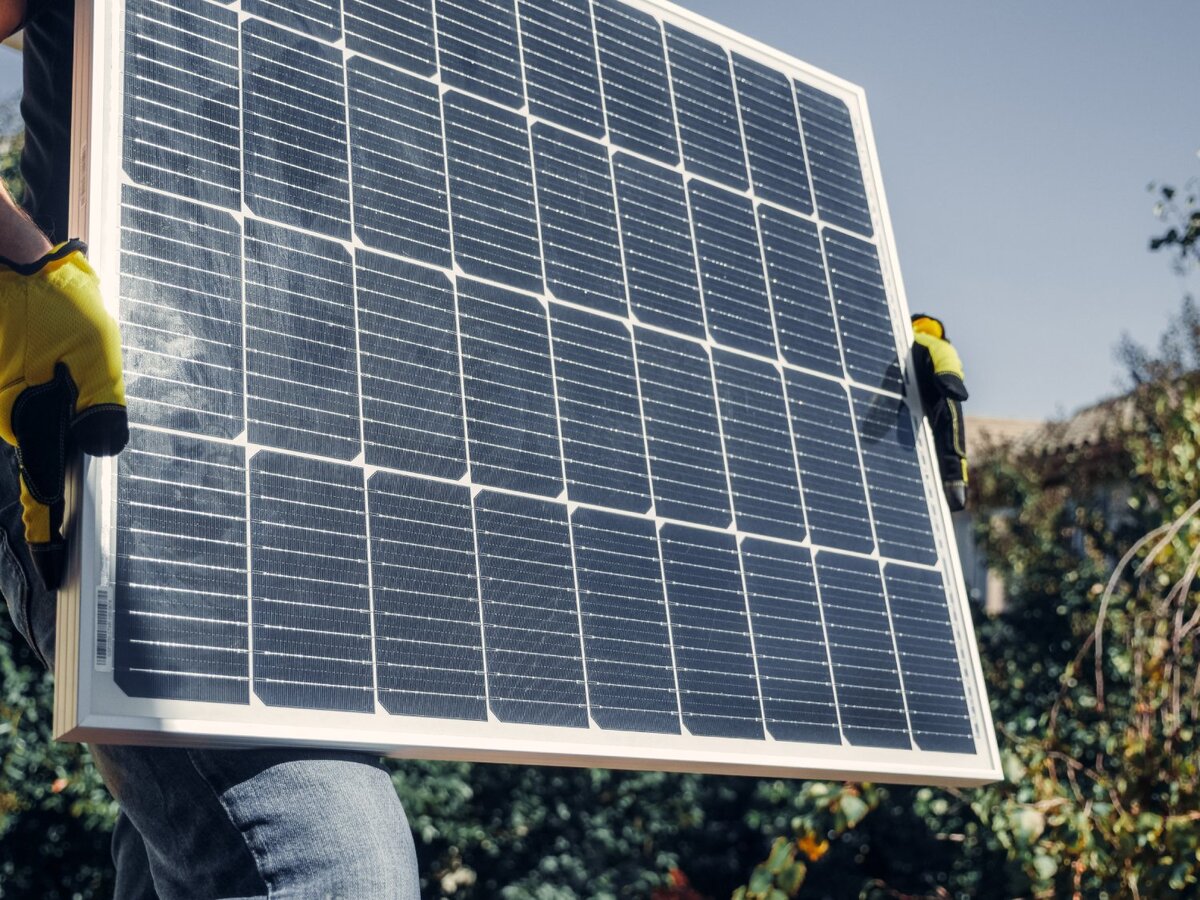
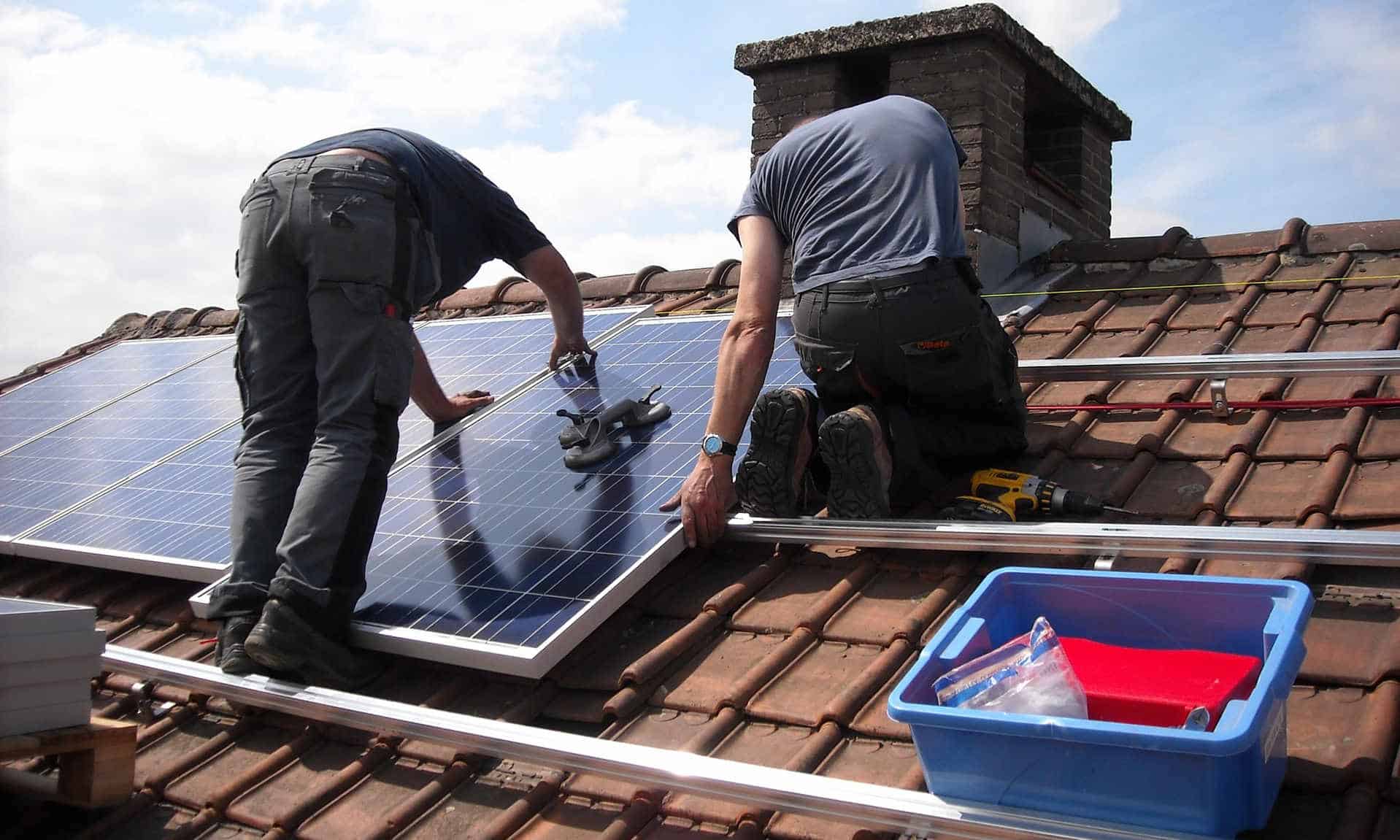
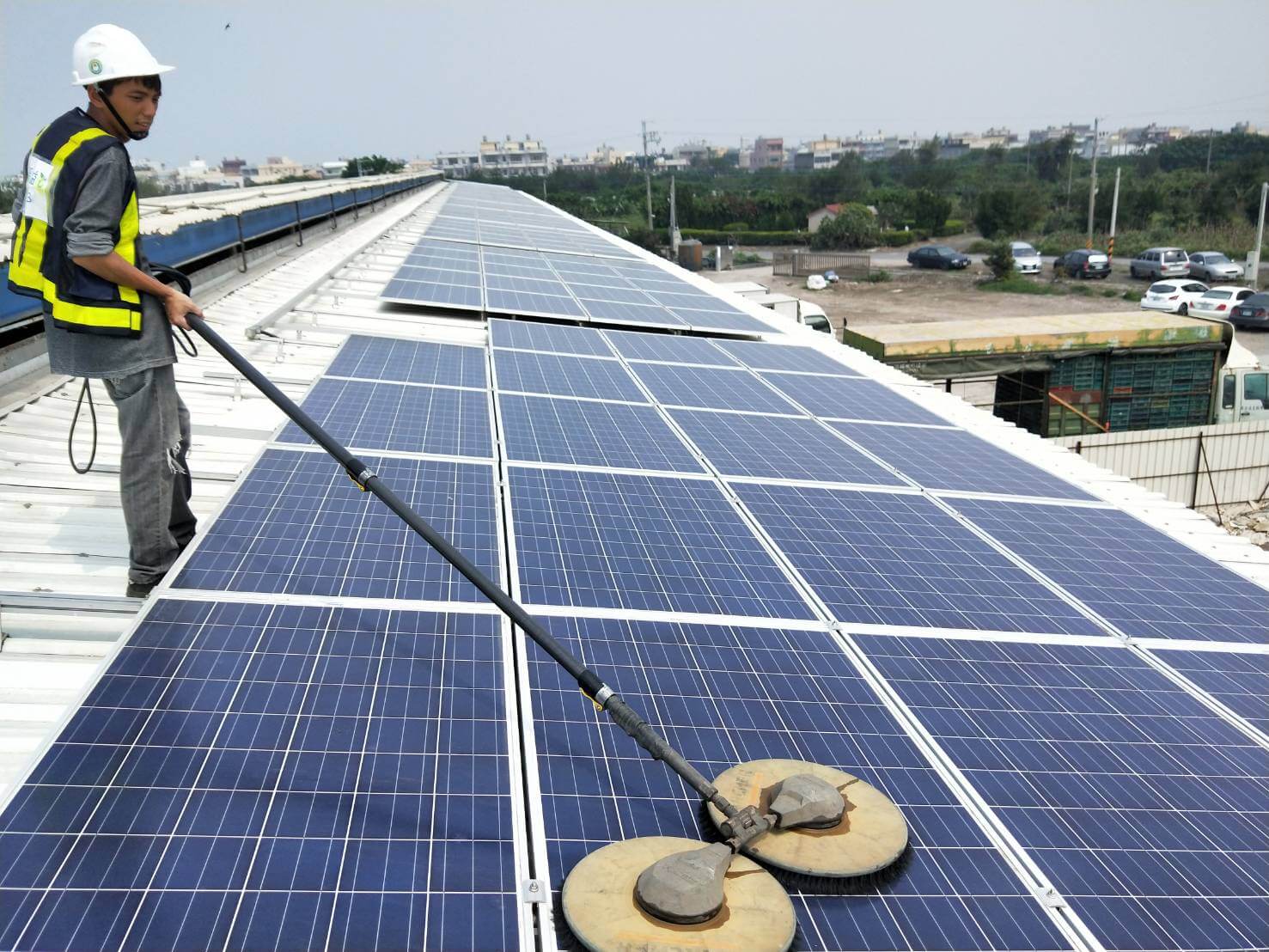
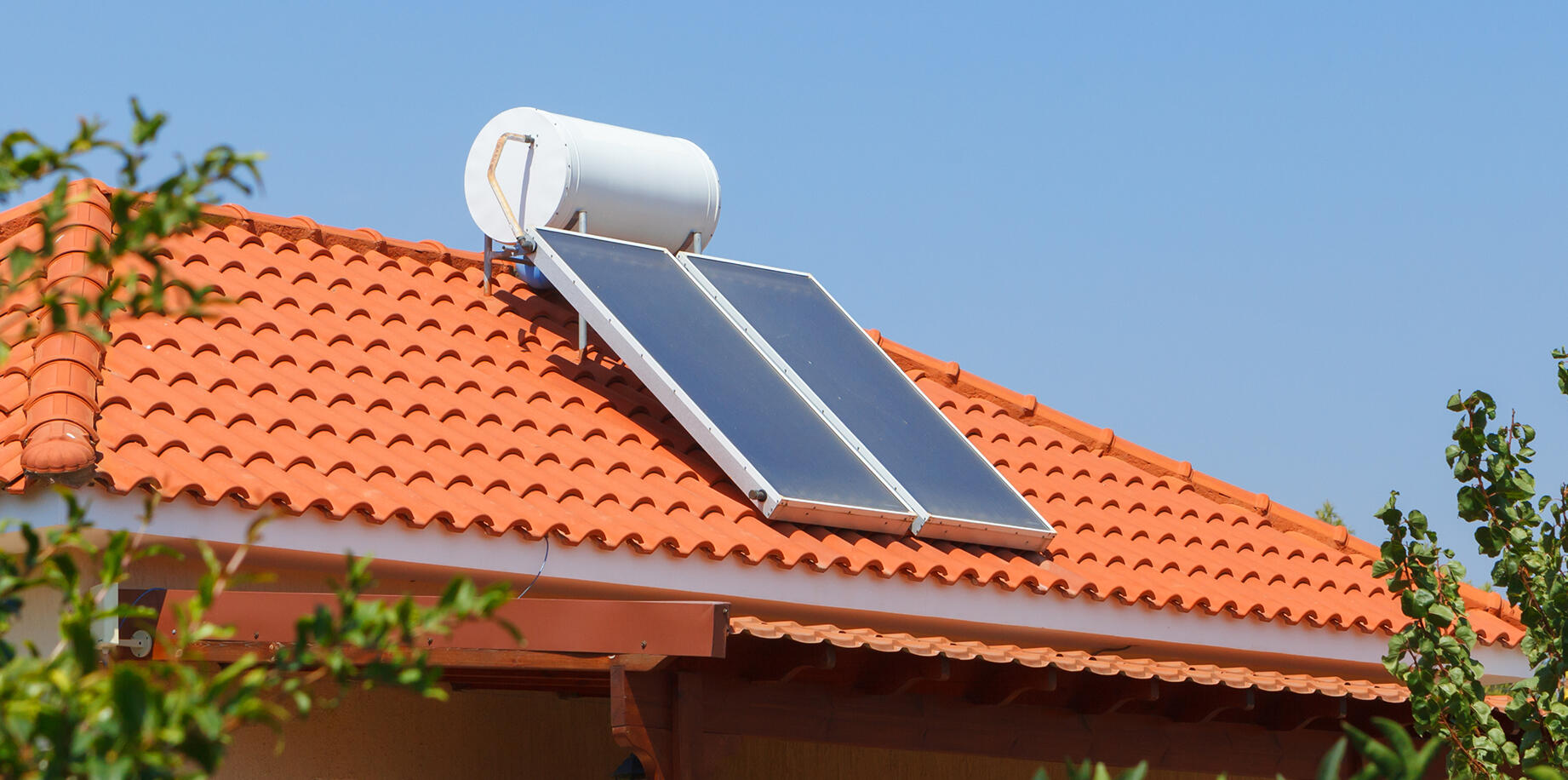
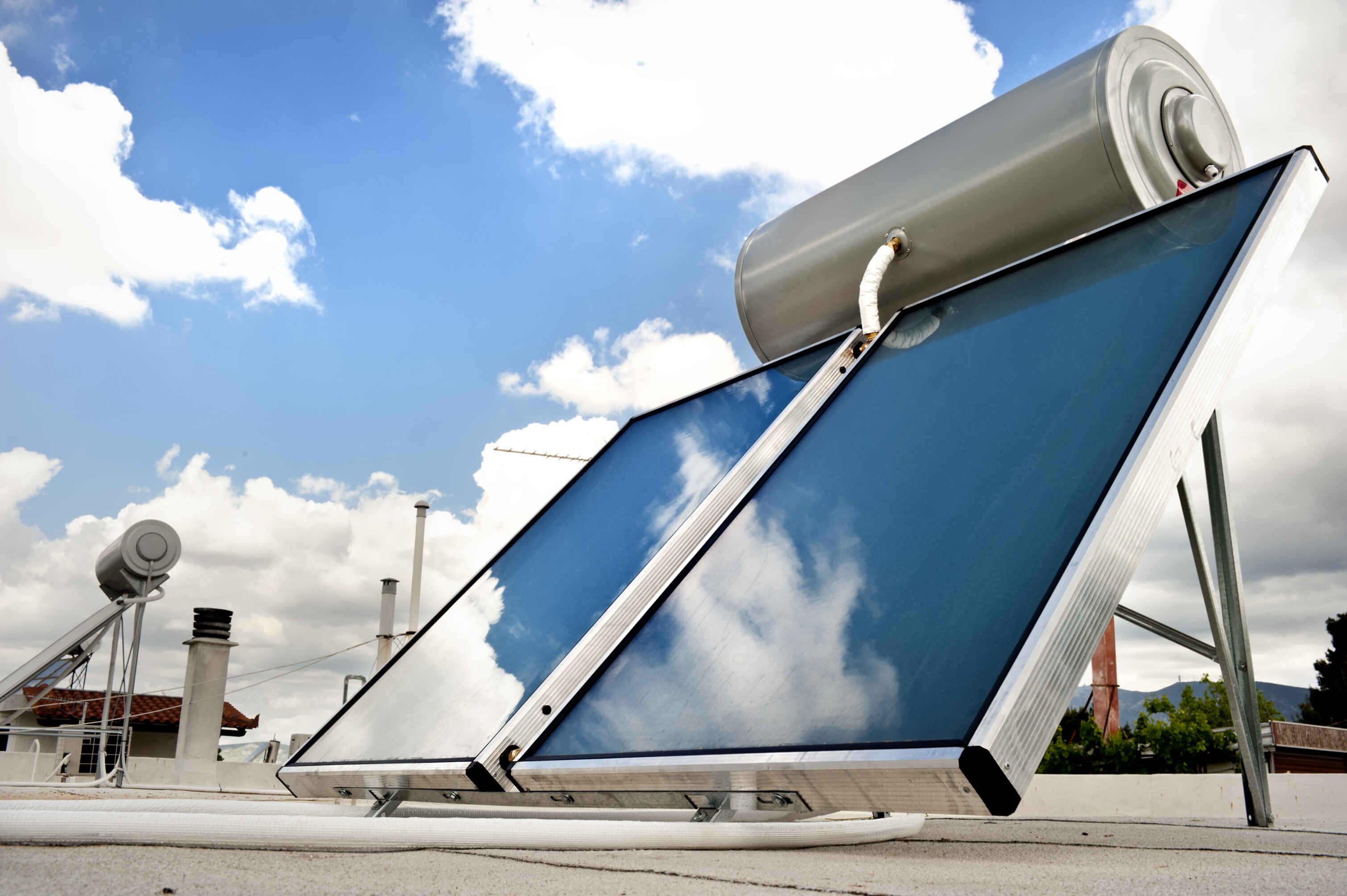
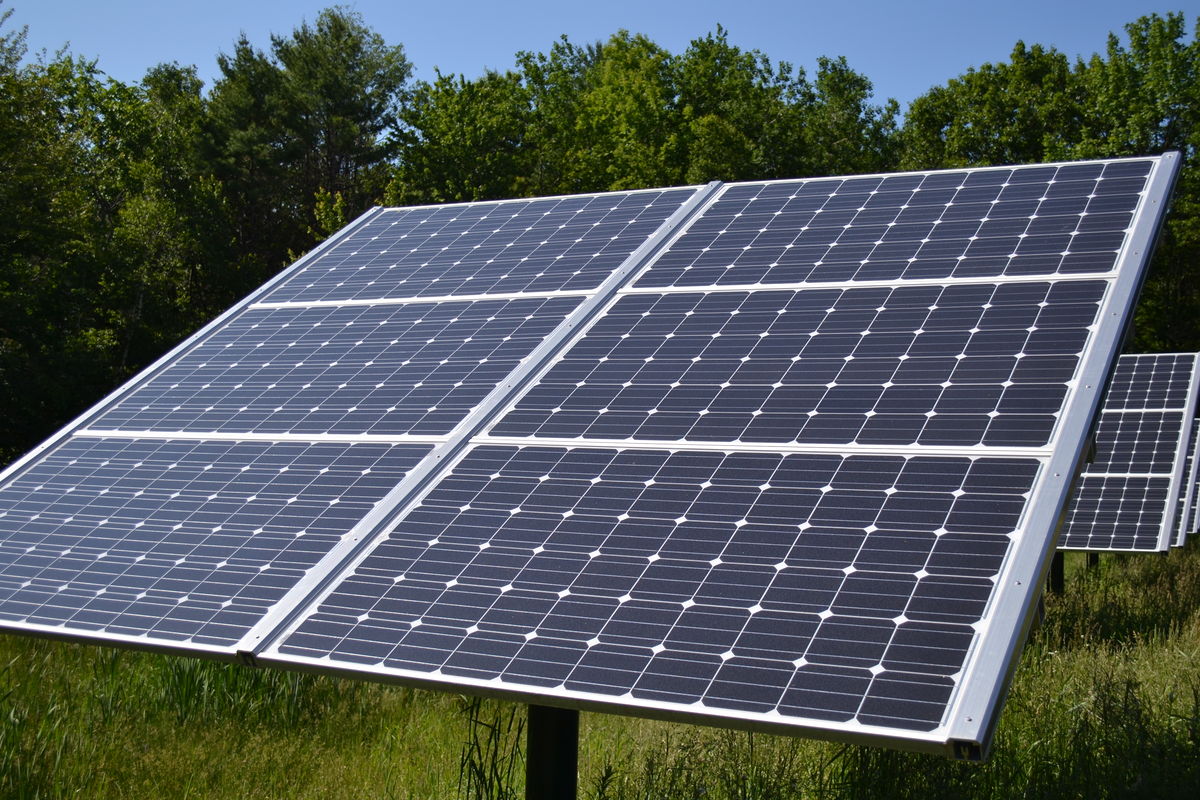
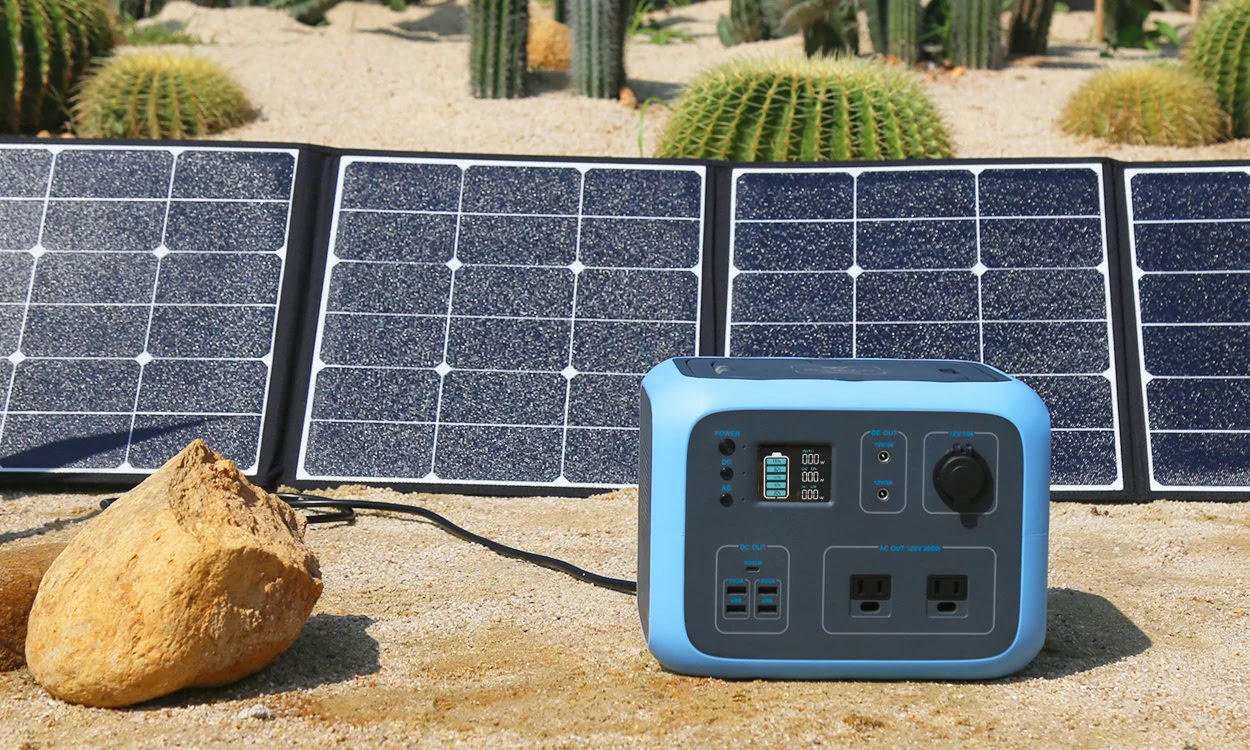
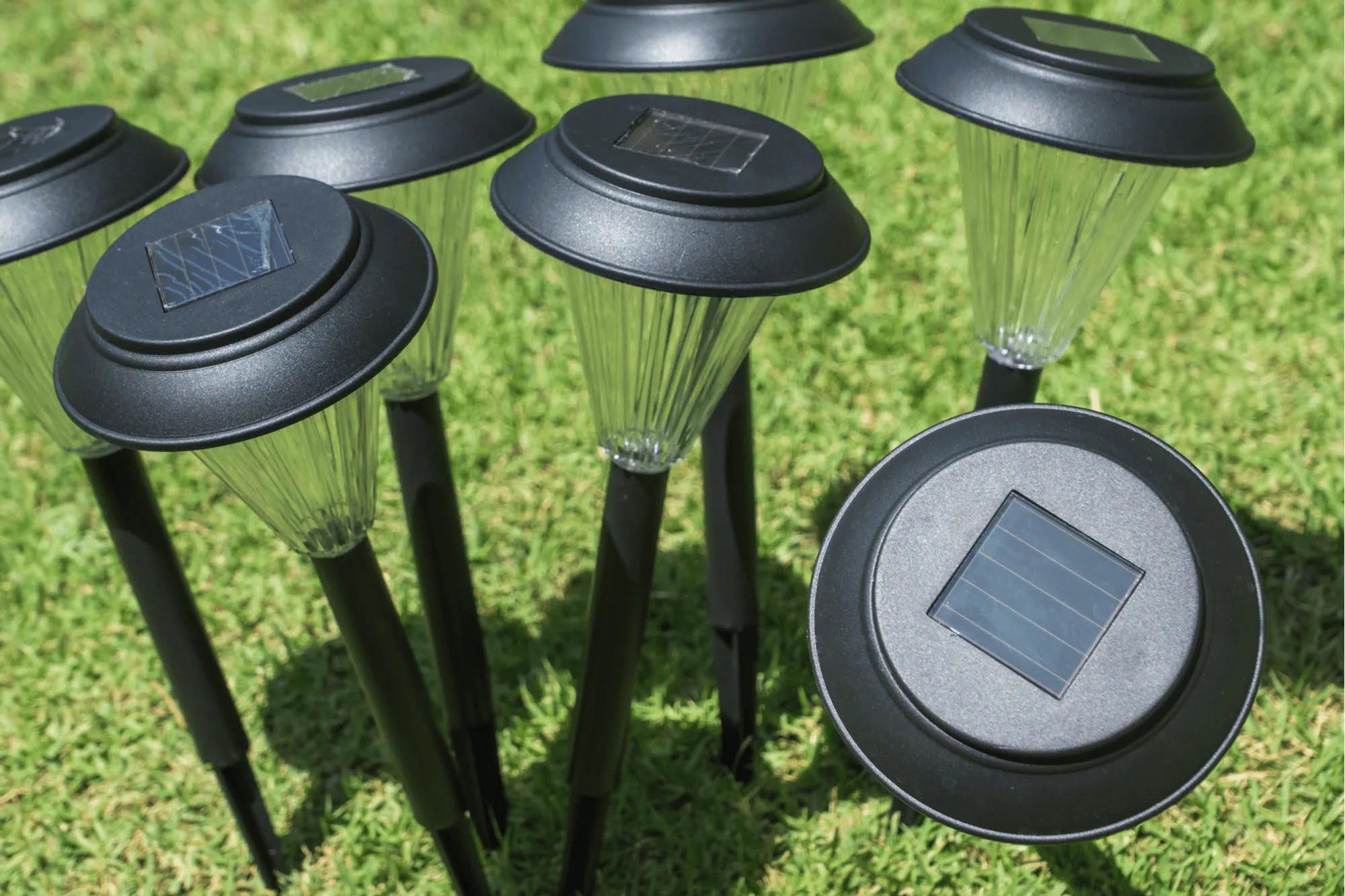
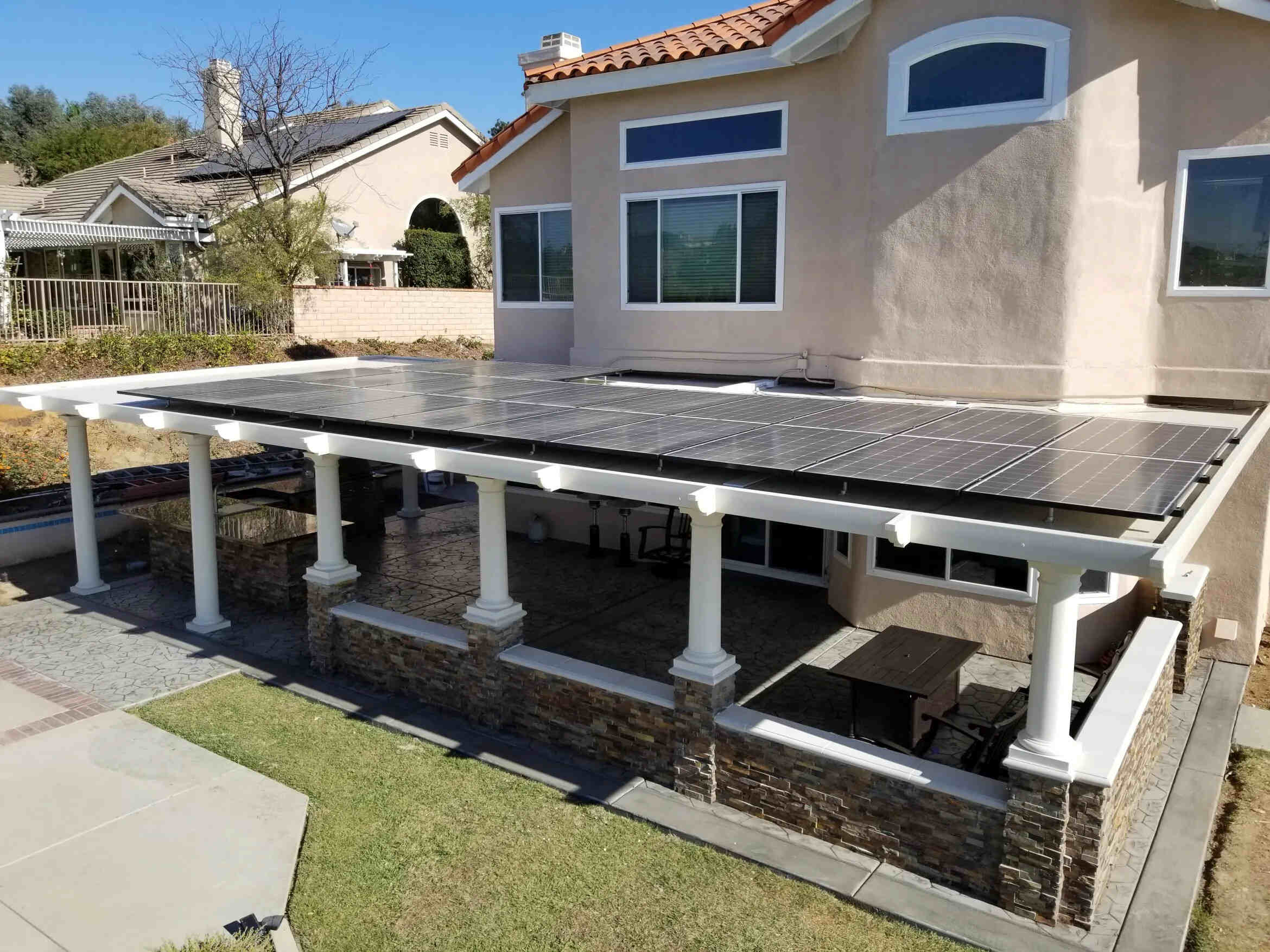
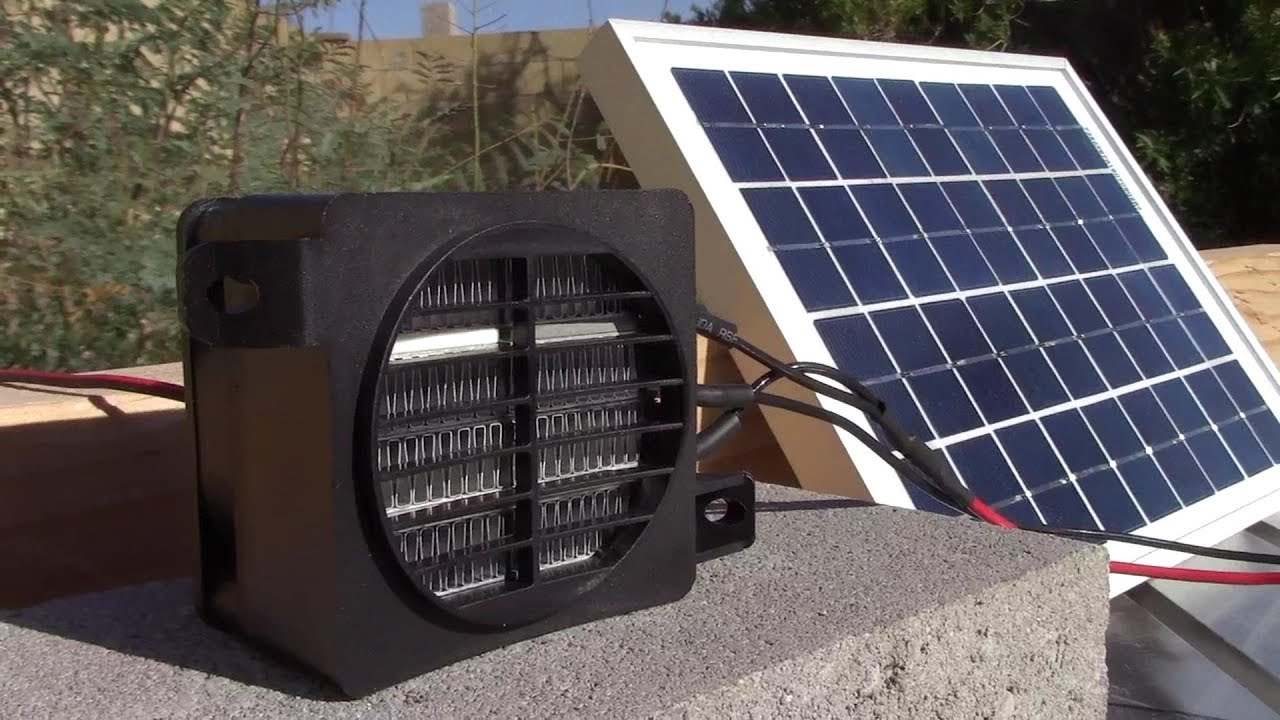
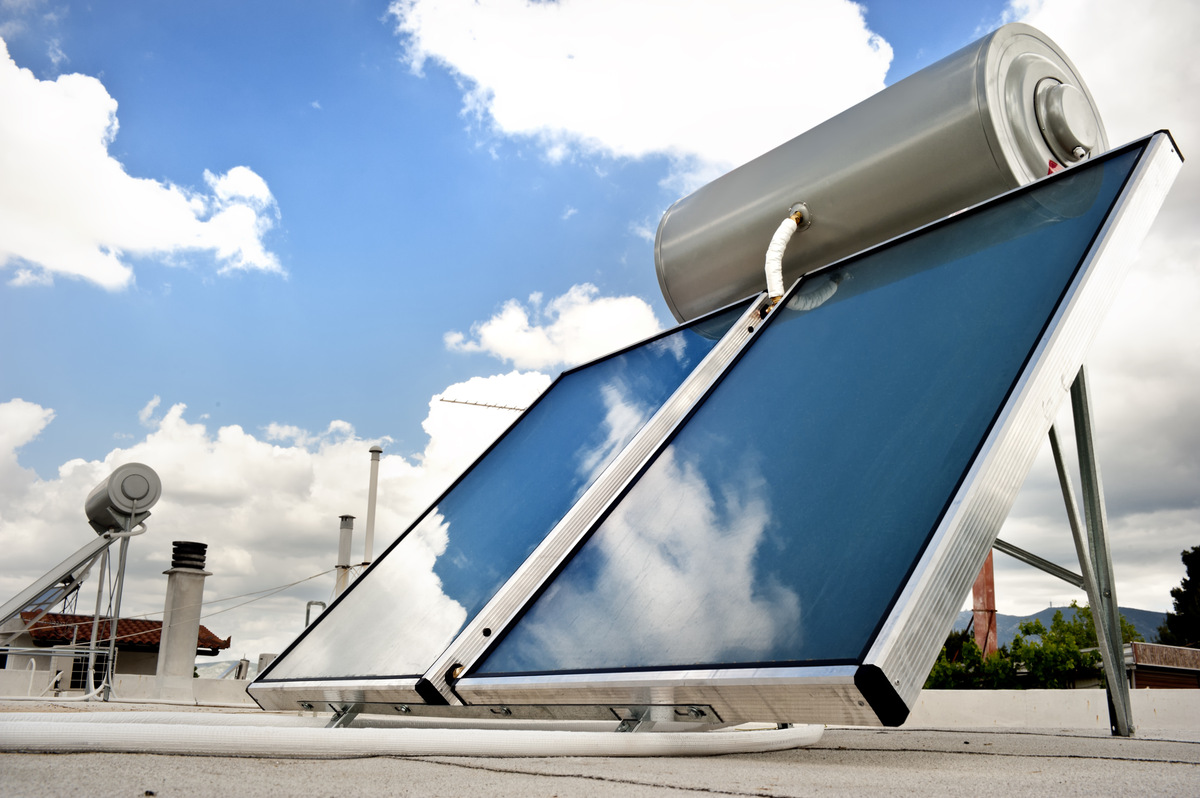
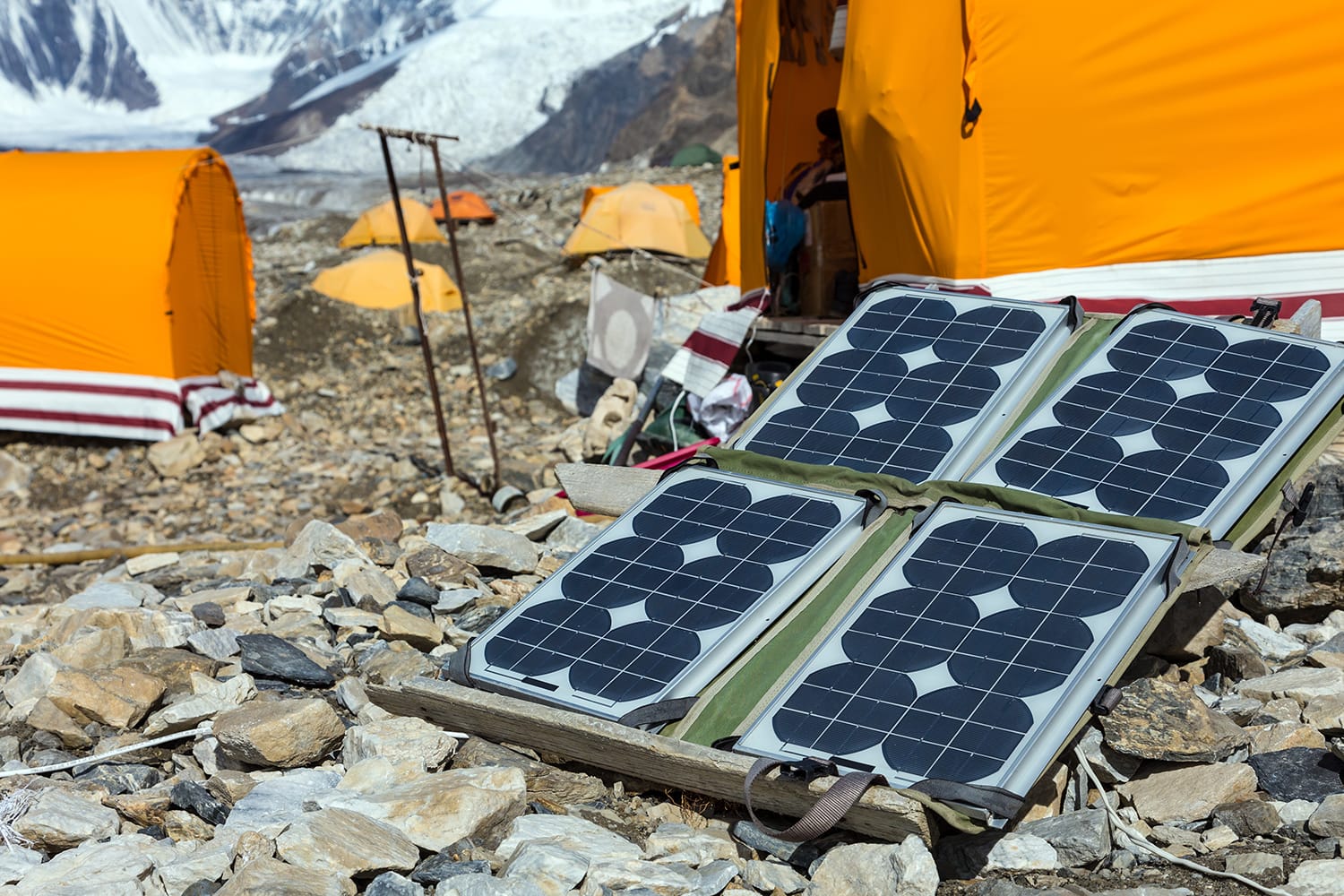
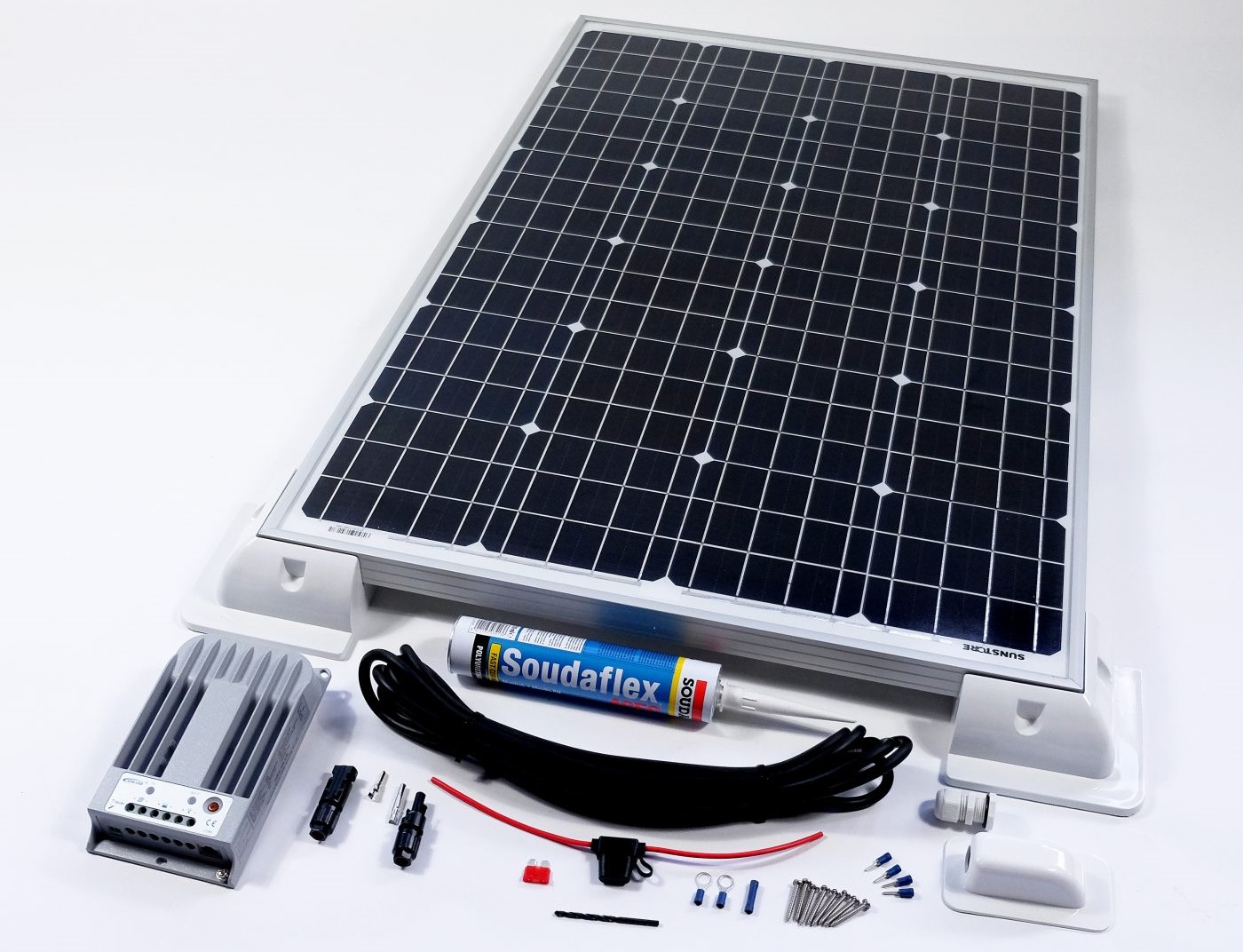

0 thoughts on “How To Store Energy From Solar Panels”